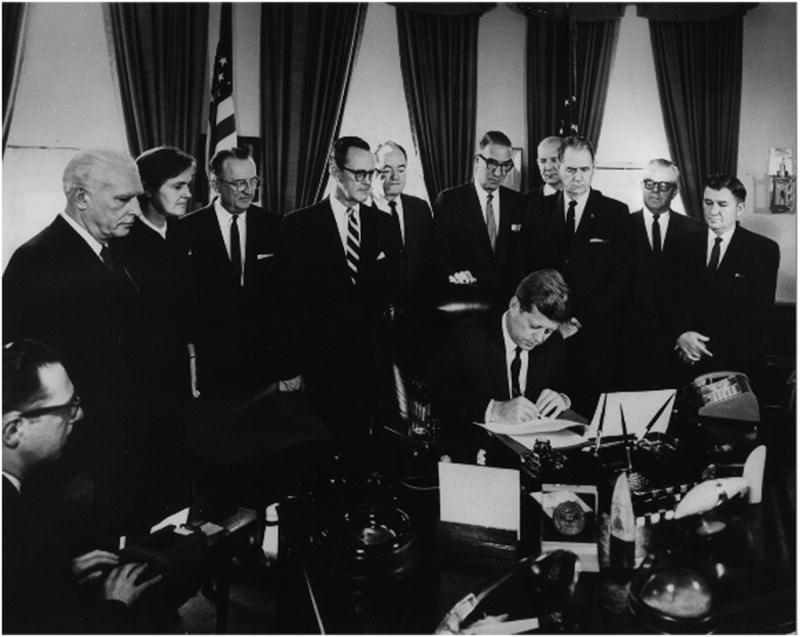
FDA issued regulations to implement the Kefauver-Harris drug amendments
On Jun. 20, 1963, the U.S. Food and Drug Administration (FDA) announced three sets of regulations governing “the manufacture, effectiveness and promotion of drugs.” For the first time, drug manufacturers are required to prove to FDA the effectiveness of their products before marketing them.
The amendments granted the FDA the power to demand proof of efficacy — in the form of “adequate and well-controlled investigations”— before approving a new drug for the U.S. market. They also led to a retrospective review of all drugs approved between 1938 and 1962 (the Drug Efficacy Study Implementation program), which by the early 1970s had categorized approximately 600 medicines as “ineffective” and forced their removal from the market. These market-making and -unmaking powers were also tied to a new structure of knowledge generation: the orderly sequence of phase 1, phase 2, and phase 3 trials now seen as a natural part of any pharmaceutical life cycle.
Another unintended consequence of the amendments was that the new structures of proof changed not only the behavior of the pharmaceutical industry, but also the conceptual categories used by biomedical researchers around the world.
Pharmaceutical research came to be overwhelmingly organized around the placebo-controlled, randomized controlled trial. Although this system has greatly helped researchers gauge the efficacy of an individual drug, it has also rendered data on comparative efficacy much more difficult — and much more expensive — to find or produce.
The Kefauver-Harris Amendments, sponsored by Senator Estes Kefauver, of Tennessee, and Representative Oren Harris, of Arkansas, strengthened the FDA’s authority over prescription drugs in several important ways, and the agency continues to enforce these provisions today.
Tags:
Source: U.S. Food and Drug Administration
Credit: Photo: President John F. Kennedy signing the Kefauver amendments. Courtesy: National Library of Medicine.
